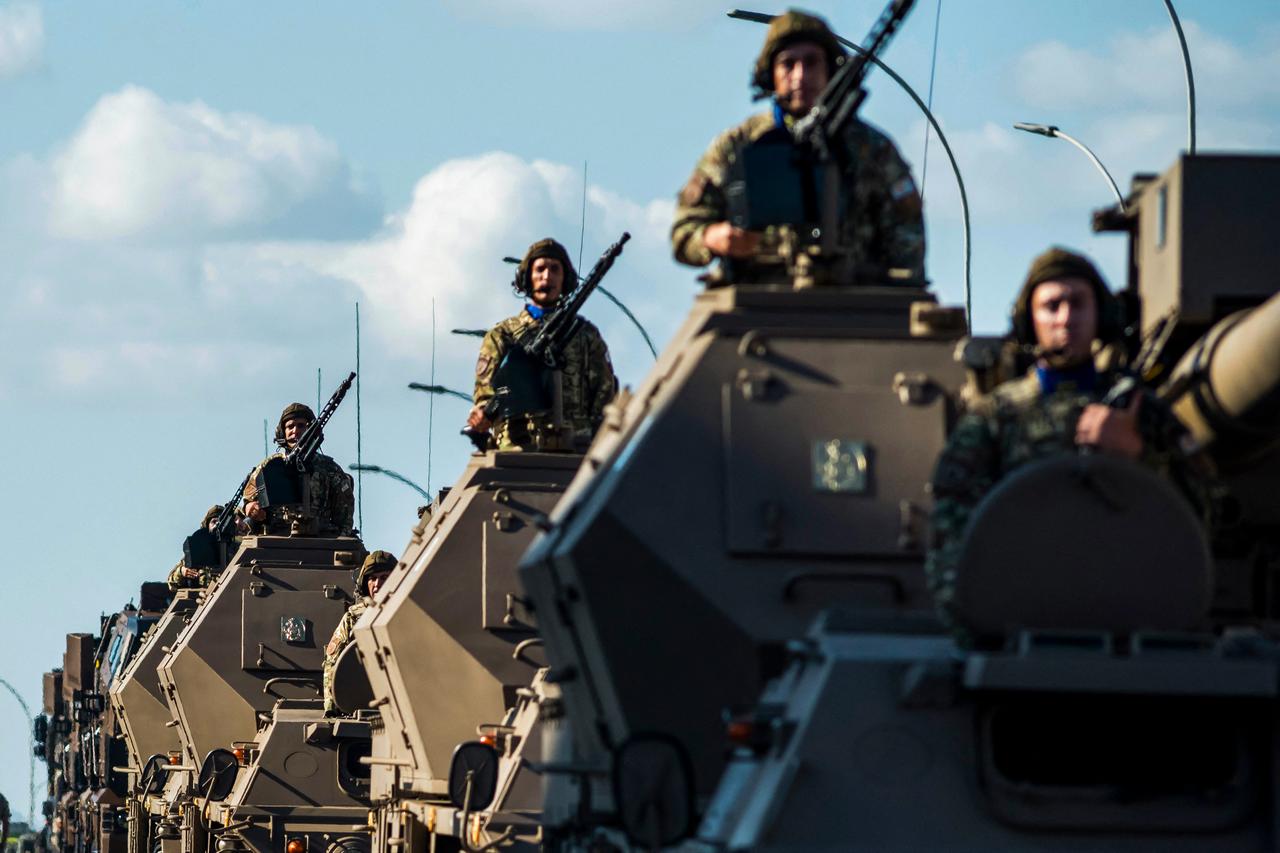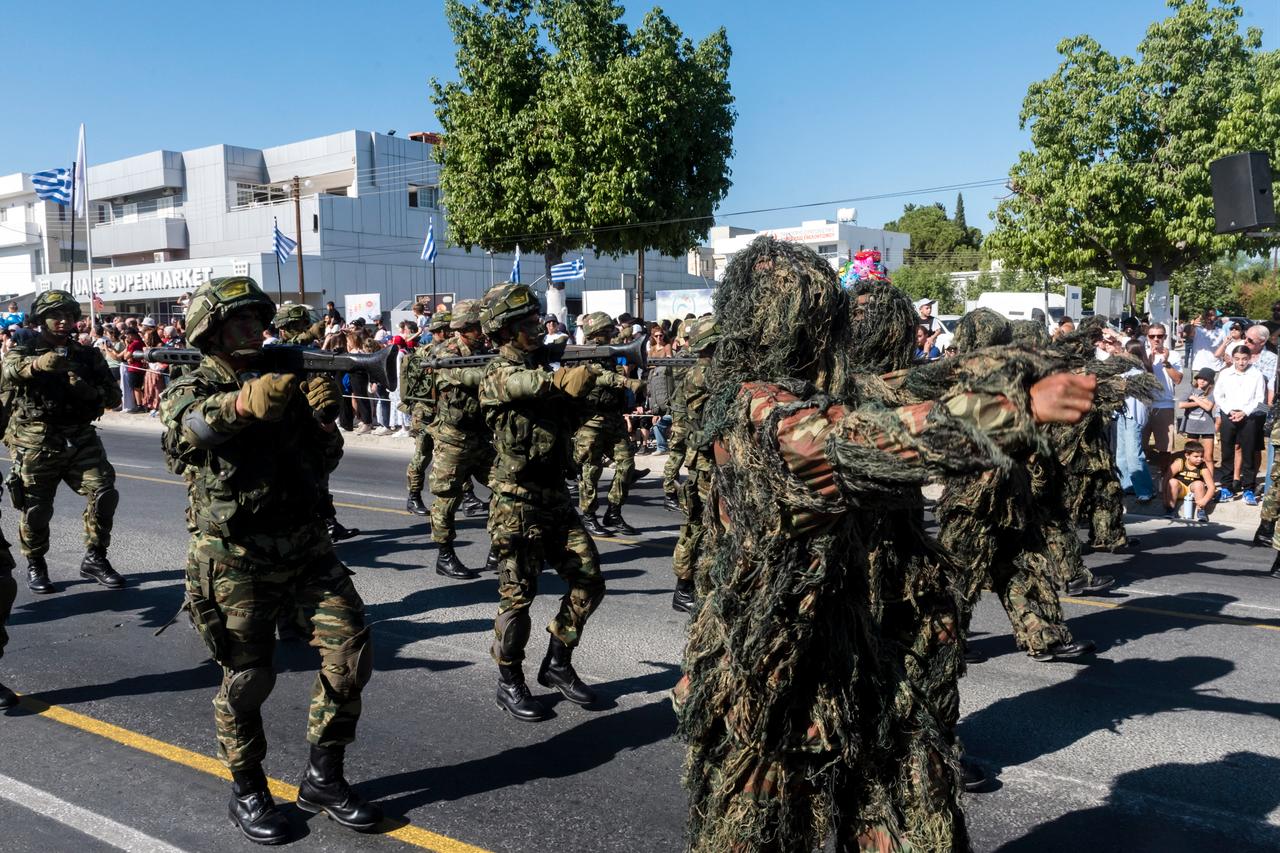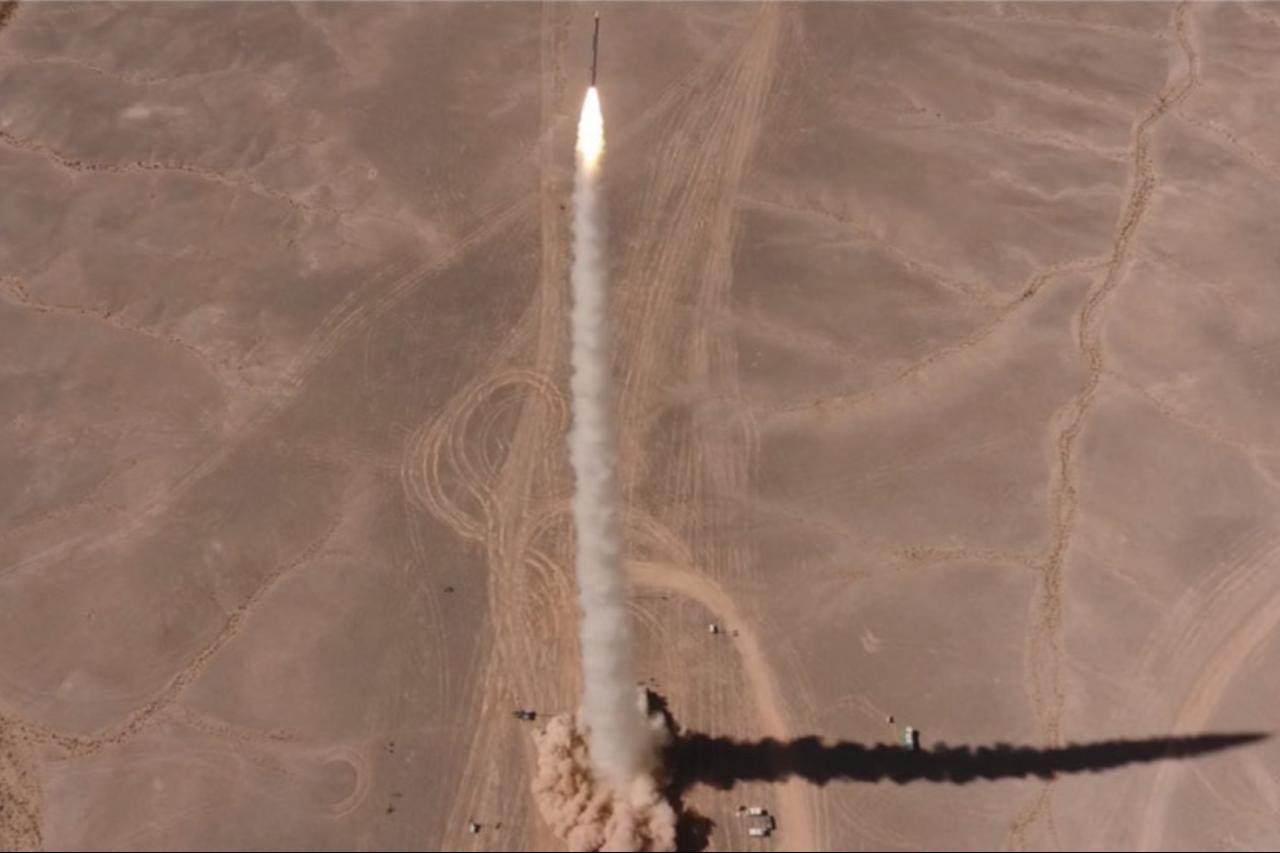
The Greek Cyprus question has long been a thorn in the Eastern Mediterranean’s side. Decades of negotiations, countless summits, and yet, tangible progress remains elusive. Eight years have passed since the Cyprus Conference in Crans-Montana collapsed, and two and a half years into Nikos Christodoulides’ leadership, even basic confidence-building measures remain out of reach.
The dispute extends beyond high-level politics to tangible, on-the-ground tensions. A proposed corridor linking Athienou and Aglandjia was blocked over disagreements regarding the buffer zone. Greek Cypriots demand a continuous route through occupied areas, while Turkish Cypriots permit only limited passage. What may appear as a political stalemate is, in reality, a simmering regional security and energy issue poised to escalate.

To understand today, we must look back. Cyprus officially gained “independence” in 1960 through the Zurich and London Agreements, a framework designed to establish a bi-communal Republic. From Türkiye’s perspective, however, this partnership quickly collapsed in December 1963 due to Greek Cypriot actions undermining the constitutional balance, prompting Turkish Cypriots to form their own administration. The 1963–64 clashes, followed by the 1974 Peace Operation, effectively divided the island. Since then, numerous U.N.-led efforts—from the Annan Plan to the Crans-Montana talks—have attempted to heal the divide. Progress? Rare and fragile.
The 1997 S-300 missile crisis marked a pivotal moment in Eastern Mediterranean geopolitics. Greek Cyprus’ decision to procure Russian-made S-300 anti-aircraft missiles prompted a strong reaction from Türkiye. Turkish officials, including then Prime Minister Mesut Yilmaz and Foreign Minister Ismail Cem, publicly emphasized the threat to Türkiye’s security. In statements to the Turkish press, Cem underscored that the installation of the S-300 air defense missile system on Greek Cyprus could significantly destabilize the region. The crisis escalated as Türkiye threatened military intervention.
In December 1998, Greek Cyprus agreed to reroute the missiles to Crete, aiming to avoid confrontation while honoring its agreement with Russia. Yet, Türkiye remained wary, viewing the transfer as a continued risk to its southwestern airspace and regional security. The episode underscored the delicate power balance in the Eastern Mediterranean and highlighted the influence of international diplomacy, with the United States and the United Kingdom actively mediating to prevent further escalation.
Greek Cyprus is now acquiring the Barak MX air defense system from Israel Aerospace Industries (IAI).
While the original contract was signed in 2024, current reports indicate that this procurement likely represents a follow-on delivery rather than a whole new agreement. Designed to counter aircraft, helicopters, drones, and cruise missiles up to 150 kilometers, with radar coverage extending 470 kilometers, the system effectively monitors large portions of Turkish airspace. However, the Barak MX is more than just a defensive measure. Greek Cypriot leader Nikos Christodoulides has underscored that the system is intended to strengthen the republic’s deterrent force, particularly vis-a-vis Türkiye and the Turkish Cypriot community, given its occupation history and strategic location as an EU member state.
Additionally, Defense Minister Vasilis Palmas has stressed the necessity of enhancing the island’s defense posture due to its proximity to the conflict-ridden Middle East.
Christodoulides and Palmas stressed that the system also enhances Israel’s intelligence and strike capabilities, turning a local security measure into a regional strategic lever. Unlike the S-300 crisis, Israel is now directly involved, transforming what was once a bilateral issue into a three-way power equation. With Greece also deepening its defense cooperation with Israel, the dynamic increasingly resembles a broader quadrilateral alignment—Türkiye on one side, facing the interconnected bloc of Israel, Greece, and Greek Cyprus on the other.
Ankara describes the Barak MX deployment as “an unacceptable threat,” underscoring that Turkish Cypriots remain under its protection.
The system is expected to be installed at Andreas Papandreou Air Base in Paphos. Initially, Greek Cypriots considered Iron Dome but opted for the more advanced, multi-layered Barak MX—a clear signal of deepening strategic ties with Tel Aviv. For Israel, this is not merely a weapons sale; it represents the establishment of a forward-operating intelligence base in the Eastern Mediterranean.

Barak MX also underscores the depth of the Israel–Greek Cypriot alliance. According to assessments published in Jane’s Defence Weekly and analyses from the Cyprus Center for European and International Affairs (CCEIA), the system not only enhances the island’s air defense capabilities but also cements Lefkosa's (Nicosia) role as a forward-operating base for Israeli intelligence and regional security coordination.
Israeli naval operations against the Sumud flotilla relied on both Crete and Greek ports, demonstrating that Athens and Lefkosa actively participate in intelligence-sharing and operational coordination with Tel Aviv. With the deployment of Barak MX, the Greek Cypriot Administration (GCA) effectively hosts Israel’s forward-operating base. Strategic assessments indicate that Israel can now monitor developments in Lebanon, Egypt, Syria, and Libya, transforming Cyprus into a regional hub for early-warning and operational oversight.
Christodoulides’ coalition, balancing center-left and center politics, often aligns with the nationalist ELAM party. Critics, including local political analysts from Cyprus Mail and researchers at the Cyprus Center for European and International Affairs (CCEIA), question whether this militarized, Israel-aligned strategy enjoys broad public support, suggesting it reflects presidential discretion more than a democratic mandate.
Greek Cyprus’ exclusive economic zone (EEZ) claims, contested by Türkiye, heighten regional tensions. Barak MX may protect energy routes, but it also increases the risk of confrontation, making miscalculations potentially costly. Moving forward, references to the Exclusive Economic Zone will simply use the acronym EEZ.
While Barak MX provides short-term deterrence, the long-term outlook is more concerning. Any miscalculation between Türkiye and Israel could place Cyprus at the center of a conflict.
Barak MX fundamentally reshapes Greek Cyprus’ strategic landscape, elevating the island from a regional outpost to a forward-operating base for Israel. GCA now enables Tel Aviv to project intelligence and operational oversight across the Eastern Mediterranean, including Lebanon, Syria, Egypt, and Libya. This not only strengthens the administration’s defensive posture but also grants Israel early-warning capabilities and a strategic foothold in the region.
Türkiye perceives the deployment as a direct challenge to its influence and security, prompting heightened surveillance, military readiness, and diplomatic countermeasures. While the system provides short-term deterrence, the long-term consequences are far more complex: the GCA risks becoming a proxy theater where miscalculations could trigger wider regional escalation. Historical precedents—such as the 1997 S-300 missile crisis—underscore how swiftly local security measures can evolve into flashpoints for broader confrontation.